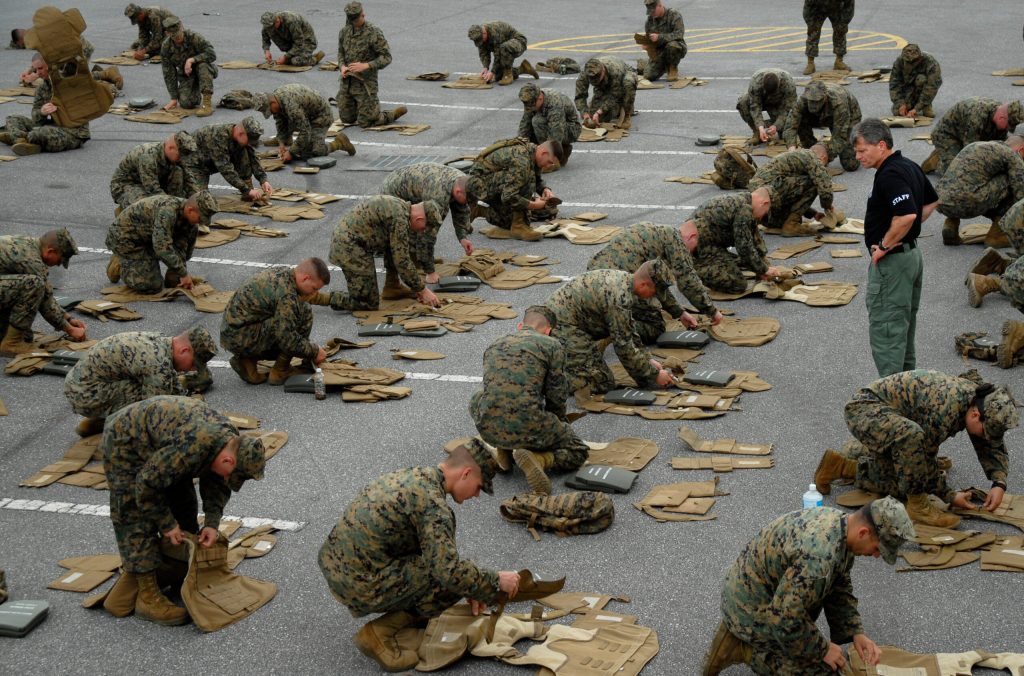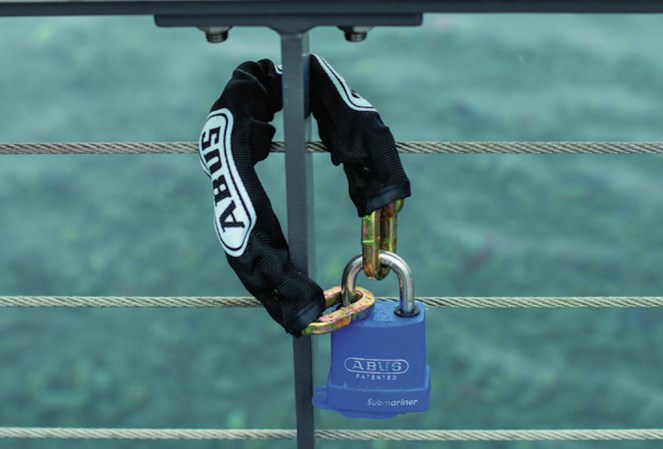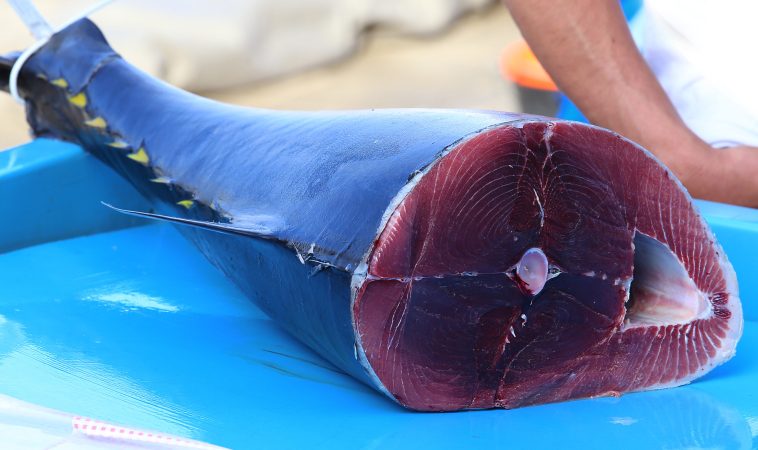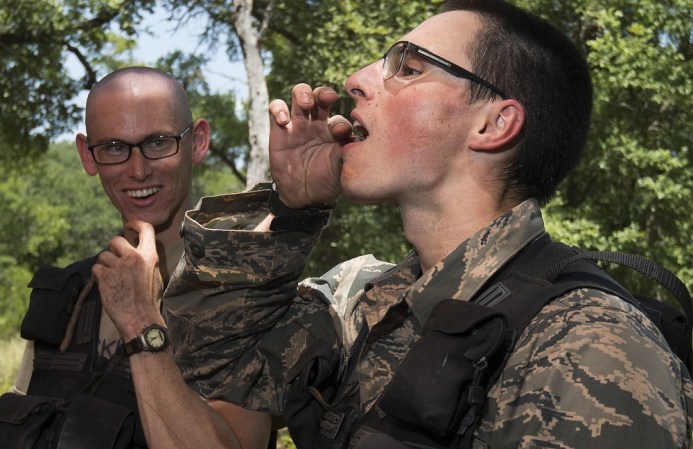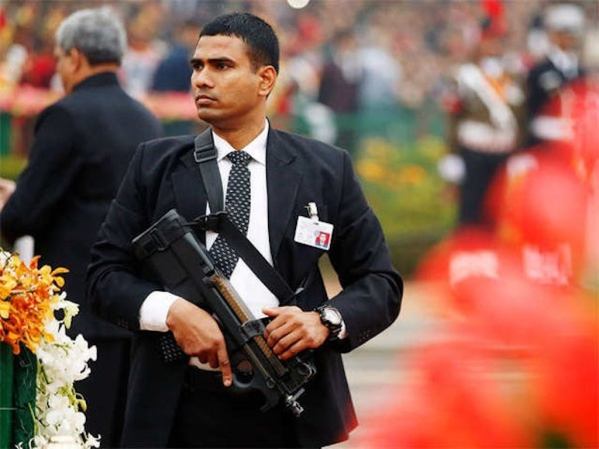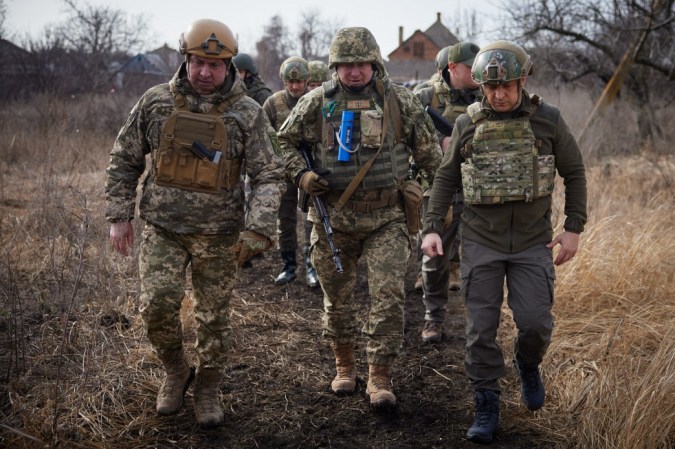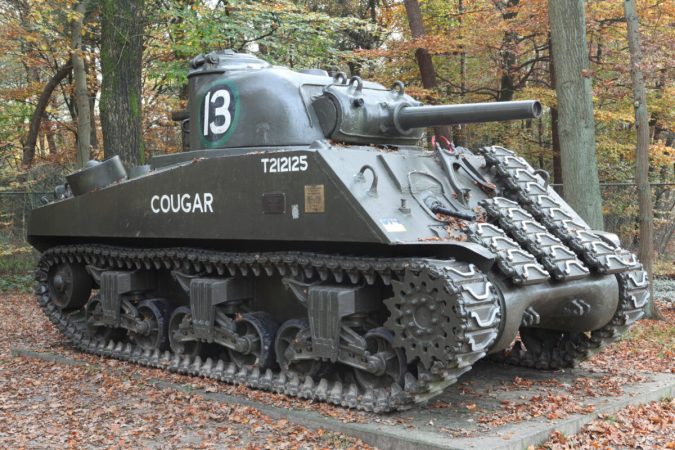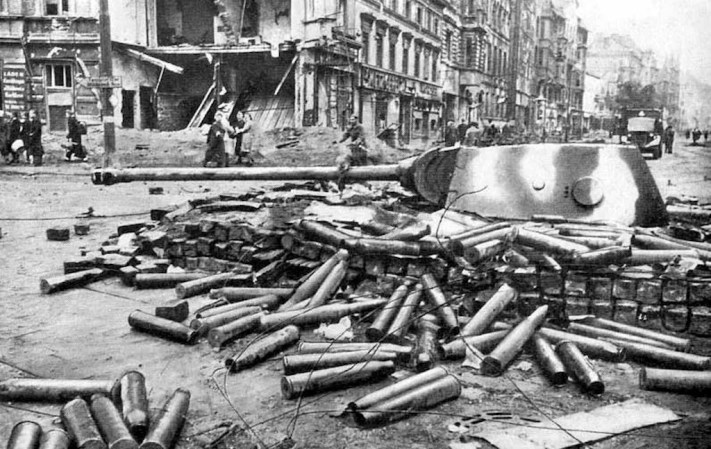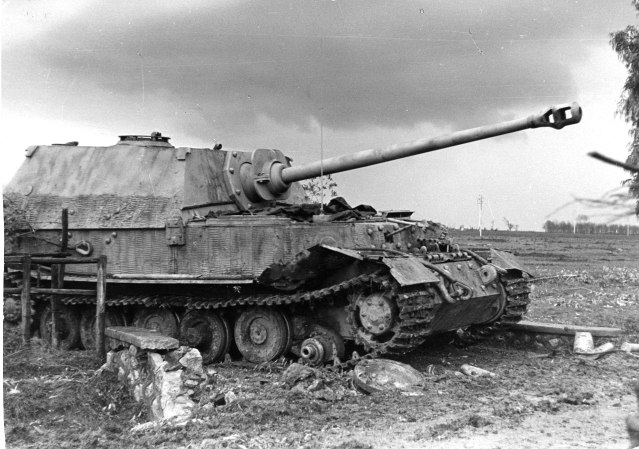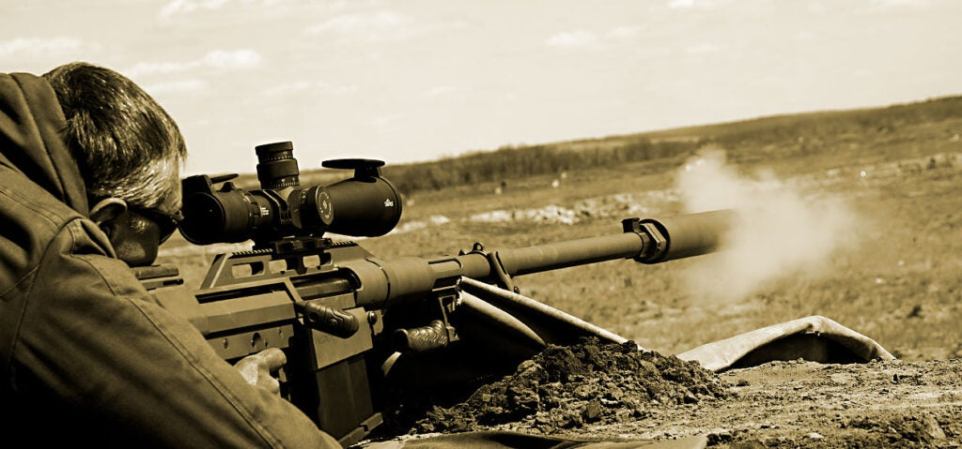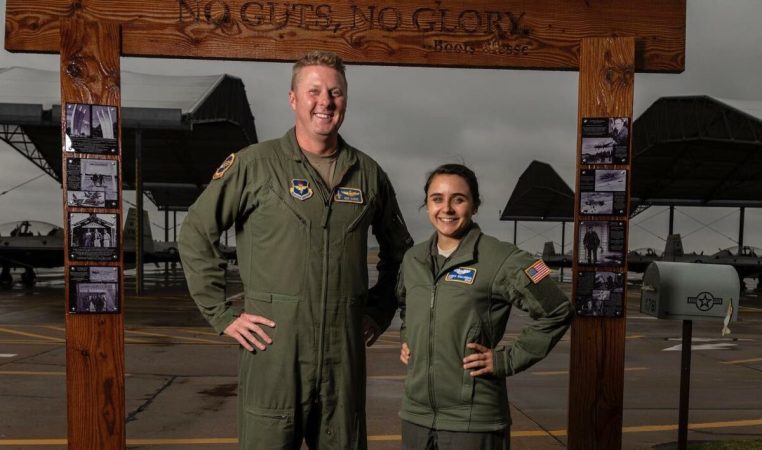A few thousand years ago, our ancestors wore chain mail when they went into battle. Today, we have body armor to protect us from gunfire. While it generally sounds great, the performance of body armor has always been a topic of discussion in the tactical community.
Which parts of the body are protected? How well protected are they and is it worth investing in body armor?
Let’s find out.
The Two Types of Modern Body Armor
There are two basic types of body armor today. The hard plate armor, which is ceramic, and the bulletproof vests made from fiber, commonly known as Kevlar.
Ceramic armor usually uses boron carbide, an incredibly tough type of ceramic, to prevent the wearer from getting shot. This body armor is so tough, it can prevent armor-piercing ammunition from getting through.
Armor piercing rounds of the NATO 5.56x45mm, the 7.62x51mm, and the 7.62x39mm are all deflected by this type of body armor.
Fiber, on the other hand, forms long fibers that tangle and clot to stop the round from breaking through. Kevlar is the most well-known type of fiber-based body armor, but there’s also Dyneema, a new option that’s lighter and just as strong.
Both technologies are used by different manufacturers for different types of body armor.

Which Body Parts Can Body Armor Protect?
Body armor can, believe it or not, protect every part of your body, aside from maybe the neck.
Starting with the head, there are many combat helmets, ranging from military to police and civilian helmets, that effectively protect from ricochets, or in some cases, from direct hits.
There’s also face armor which is effective against smaller arms, but although it can stop the round from going through and killing the wearer, it does not minimize the force. This means that if you get shot in the face, you may not die, but you’ll still get your teeth kicked in and your facial bones broken.
Regarding limb protection, there’s no modern limb armor. Body armor needs to be thick to prevent bullets from hitting the wearer, and that thickness would partly immobilize the wearer. The only body armor that covers the limbs as well is the bomb suit.
The most important part of body armor is the torso armor. Most police units wear soft armor, while military units and SWAT teams wear hard-plate vests (usually ceramic armor).
Depending on the exact type of body armor, it can protect the wearer from anything, ranging from small caliber fire up to a sniper round.
Torso armor usually covers the front, the back, and the groin, with the sides staying unprotected for two reasons. Firstly, if you get shot, you’ll most likely get shot in the back or in the abdominal area. Secondly, immobilizing your sides would greatly restrict your movement.
Therefore, if you do wear body armor, know that you’re still vulnerable at the sides.

How Well Can Body Armor Protect Me?
According to the Body Armor Standard introduced by the National Institute of Justice, there are six types of body armor. These types were introduced, defined, and tested for law enforcement. If you want to read the 89-page report, you can find it here.
To save you the trouble, here’s a summary.
Type I – this body armor can protect you from the .22 LR and the .380 ACP calibers, but it’s an obsolete design that’s no longer in law enforcement use.
Type IIA protects you from 9x19mm Parabellum, .40 S&W, and the .45 ACP rounds.
Type II protects you from all the aforementioned calibers, but also from the 9mm FMJ and the .357 rounds.
Type IIIA – additional protection from .357 SIG FMJ and .44 Magnum rounds – safe to say that this type of body armor protects you from most handgun rounds.
Type III offers protection from rifles and the 7.62x51mm NATO round.
Type IV is the toughest of all the armor and it can protect you from a Springfield .30-06 armor-piercing round from a sniper rifle.
With that overview, we can conclude that buying Type IIIA body armor should be enough to protect you from handgun rounds. However, one thing has to be noted.
There’s a very accurate scene in the movie ‘Training Day’ where one police officer shoots another officer in the vest on purpose, but the bullet still gets through. This is entirely possible – wearing a bulletproof vest doesn’t make you actually bulletproof and you should never expose yourself to open fire.
However, the best body armor is still very useful and they have already proven to be lifesaving tools in the field.


